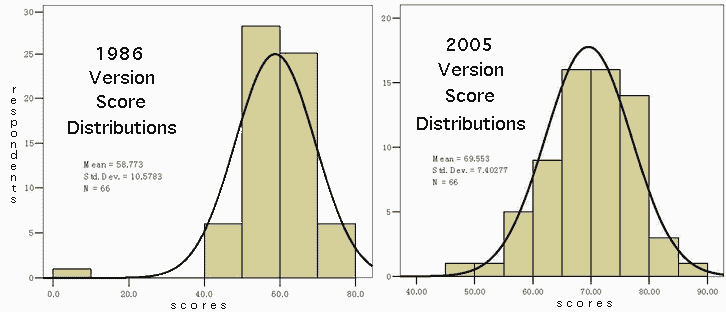
Shiken: JALT Testing & Evaluation SIG Newsletter
Vol. 11. No. 1. March 2007. (p. 2 - 16) [ISSN 1881-5537]
Evaluating the construct validity of an EFL test for PhD candidates:
|
 |
